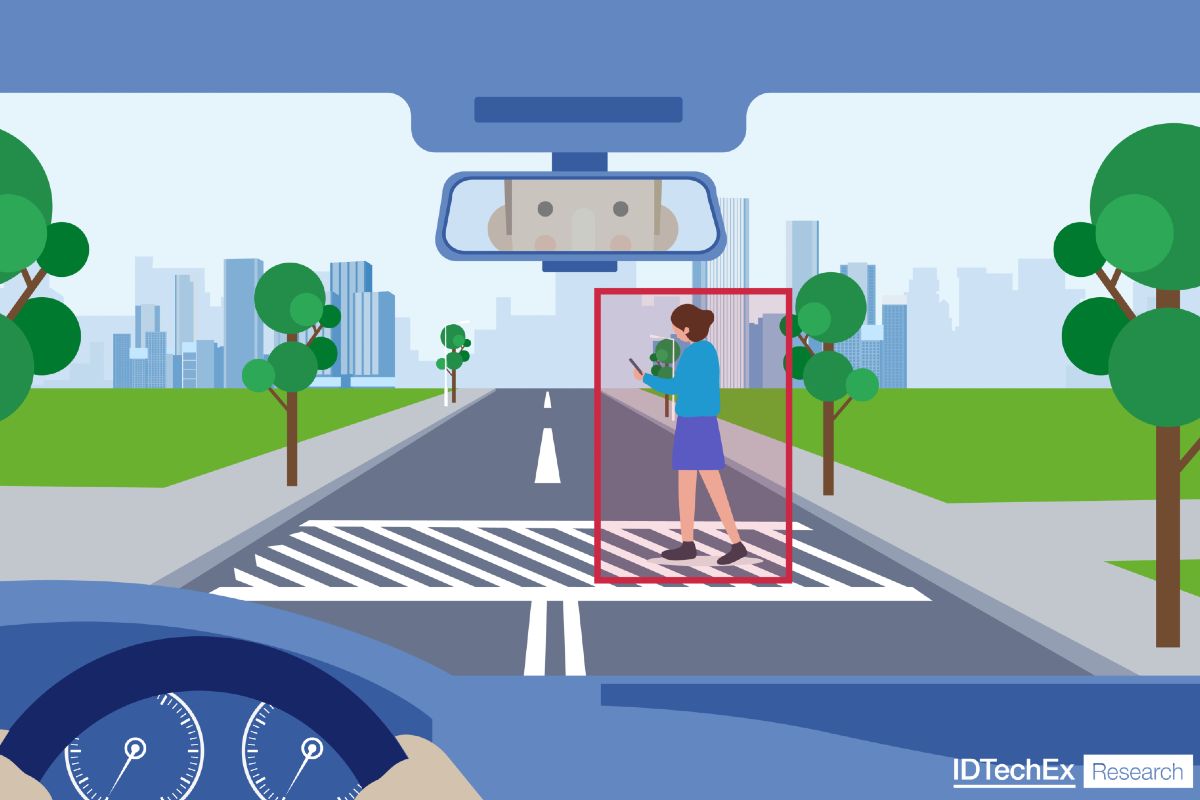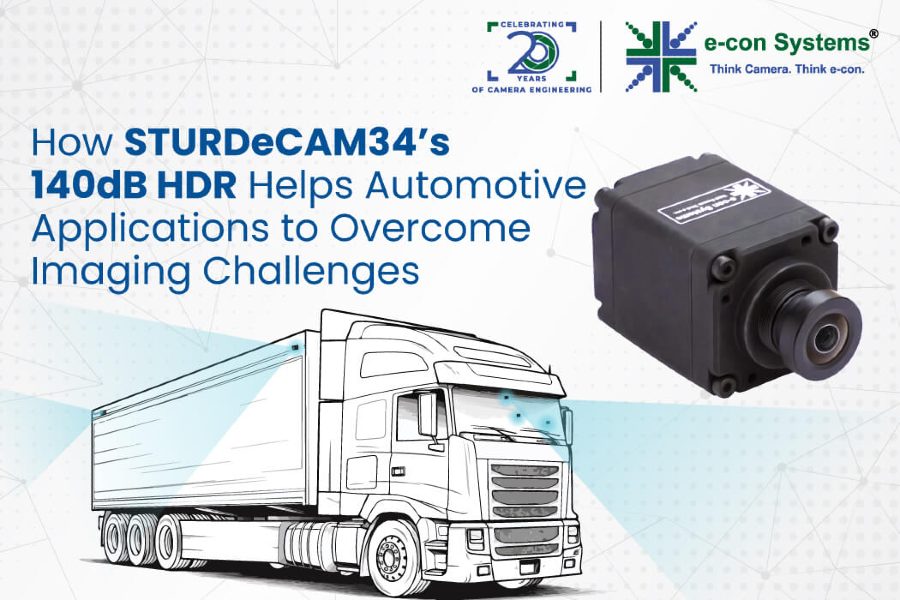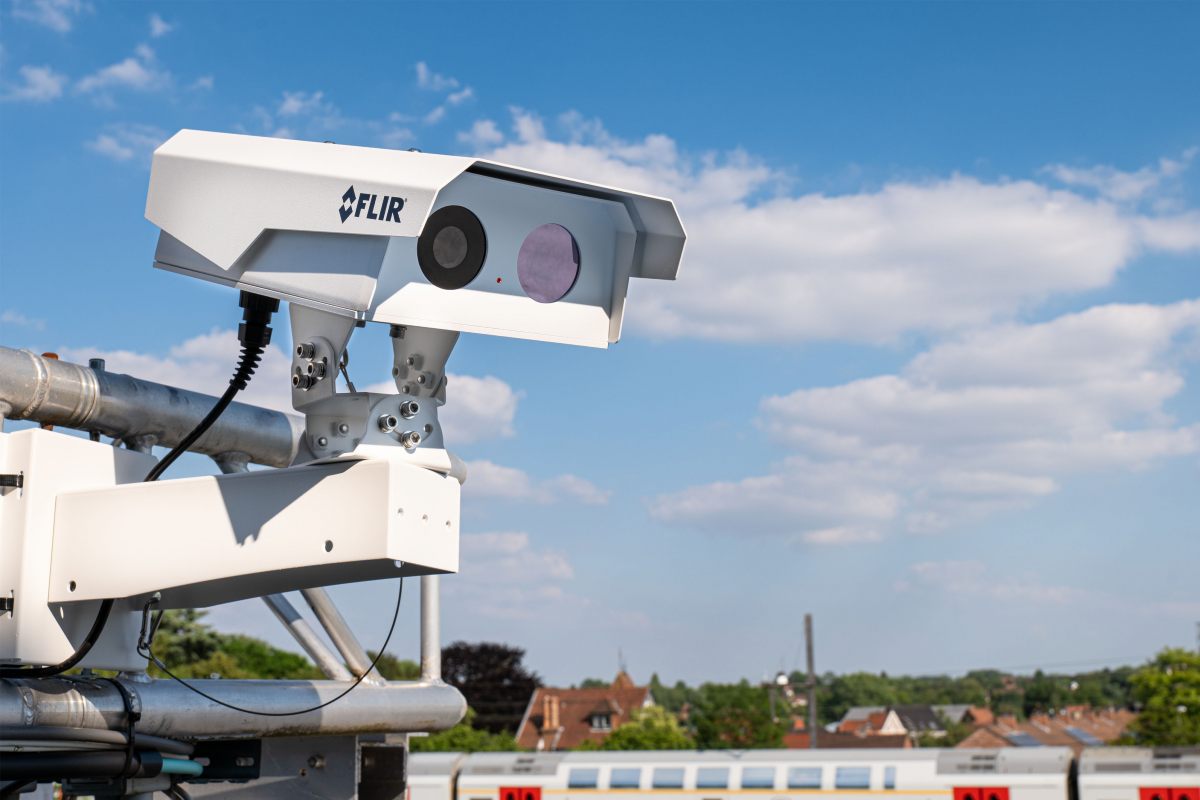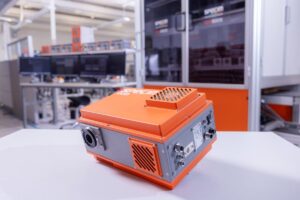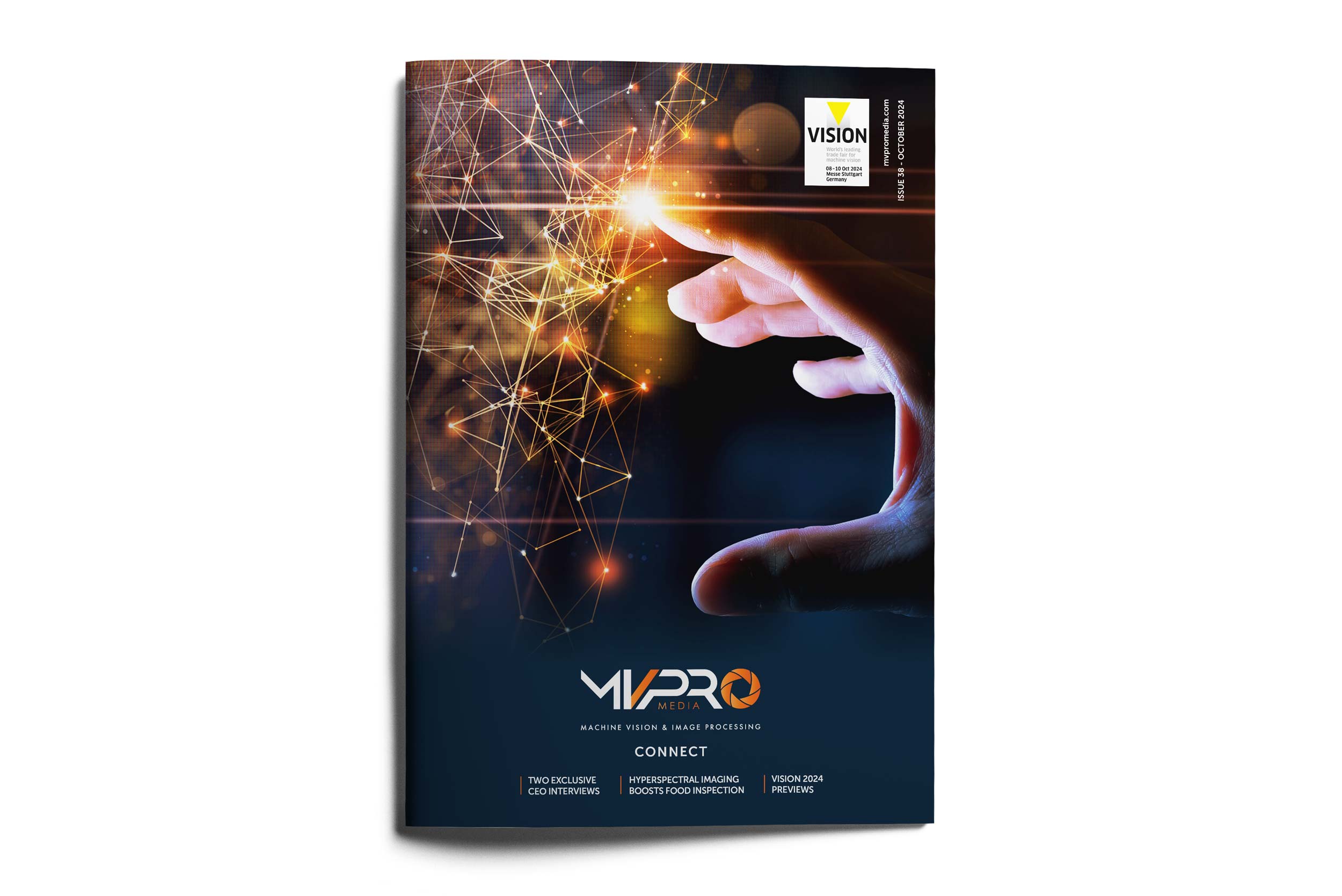Automotive heads-up displays (HUDs) are awaited with great expectations and are set to revolutionize the automotive display industry. There are many reasons why this technology is anticipated with enthusiasm, namely its potential to positively impact driver behavior on the road, allowing for further vehicle customization and enhancing communication between the front seat passenger and the vehicle.
The IDTechEx report, “Heads-up Displays 2024-2034: Technologies, Players, Opportunities”, provides a comprehensive coverage of this space, from the most renowned 2-dimensional technologies to the more futuristic 3-dimensional imaging techniques that are set to revolutionize the automotive sector. The report also covers key trends, market analysis, opportunities, and granular 10-year forecasts for display volume (number of displays) and value (US$), segmenting the industry by display type, technology, and region.
HUDs project virtual images directly to the driver’s line of sight, and drivers no longer have to deviate their gaze from the road to look at the dashboard and center information displays (CIDs), for instance, to look at on-board diagnostics (OBD), GPS, and media contents. The number of road accidents caused by driver distractions, particularly related to technology, has risen over the years, and it is believed by some that projecting key information directly to the driver’s line of sight could lower these occurrences. Naturally, projecting too much information can be overwhelming and can be detrimental to the safety of the passengers and vehicle surroundings. However, there is an argument that, in moderation, HUDs could positively impact road safety. Nevertheless, more evidence is required to support this.
Its potential impact on road safety is the main driver for growth over the coming decade. However, there are other key traits that make automotive original equipment manufacturers (OEMs) eager to include this technology in the latest vehicle models.
One key attribute is the greater possibility of vehicle customization with HUDs. Drivers are requesting more customization when purchasing a vehicle, and a HUD with more choice of images projected to a driver’s line of sight is a clear selling factor when adopting this technology. Drivers select the items they want to project to their combiner screen or windshield (depending on the type of vehicle HUD) without overwhelming their view of the road.
HUDs could also enhance further communication between the front-seat passengers and the vehicle. Current automotive displays have a separate dashboard and CIDs, and the trend is to combine these in a pillar-to-pillar display. However, HUDs can use the windshield to give both front-seat passengers a more immersive experience.
There are three main types of HUDs: dedicated combiner, windshield, and augmented reality (AR) HUDs. Dedicated combiner HUDs project images to a combiner screen, which is a separate screen placed between the driver and the windshield. While it does not fully obstruct the visibility of the road and is still capable of delivering information directly to the driver’s line of sight, it is also less immersive and can not be used to signal key road obstacles, assisting the driver suitably whilst driving.
Windshield and AR-HUDs project images directly to the windshield and can provide a more immersive experience going beyond solely displaying key information. The trend is moving toward integrating vehicles with windshield HUDs and, eventually, more immersive AR-HUDs. HUDs are expected to grow over the coming decade, and AR-HUDs will drive most growth in the medium to long term. Globally, this market is expected to surpass US$10 billion by 2034 with a CAGR of 24%.
The IDTechEx report, “Heads-up Displays 2024-2034: Technologies, Players, Opportunities”, analyses the main technologies and HUD types being developed and expected to grow over the next decade. The challenge in developing automotive HUDs is more than ensuring the technology works accordingly; it is also ensuring that it complies with the very stringent regulations the sector demands. This report covers key innovations in manufacturing as well as coating requirements to enhance the performance of heads-up displays.
To find out more about this report, including downloadable sample pages, please visit www.IDTechEx.com/AutoHUD.
For the full portfolio of market research available from IDTechEx, please visit www.IDTechEx.com.


